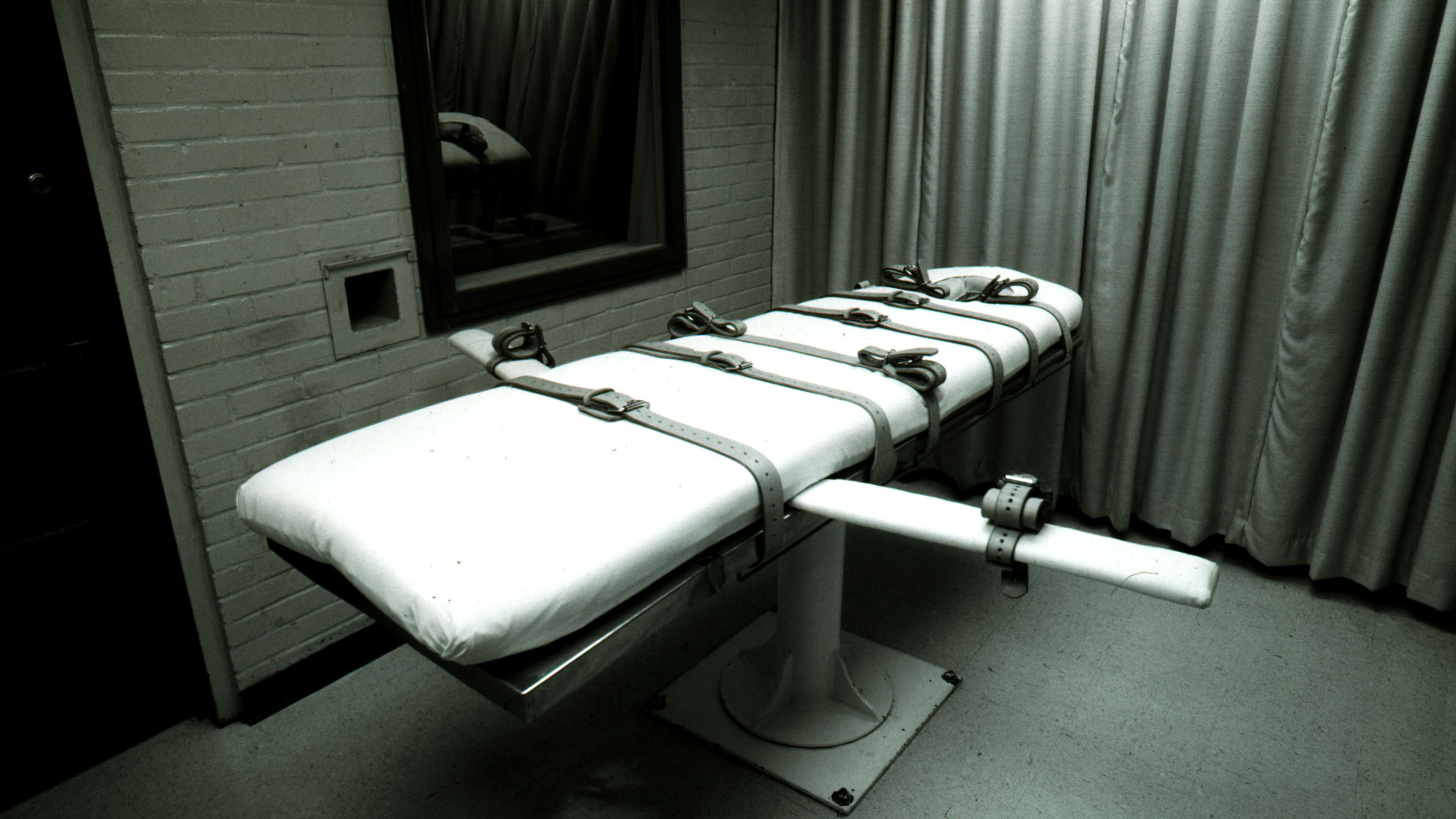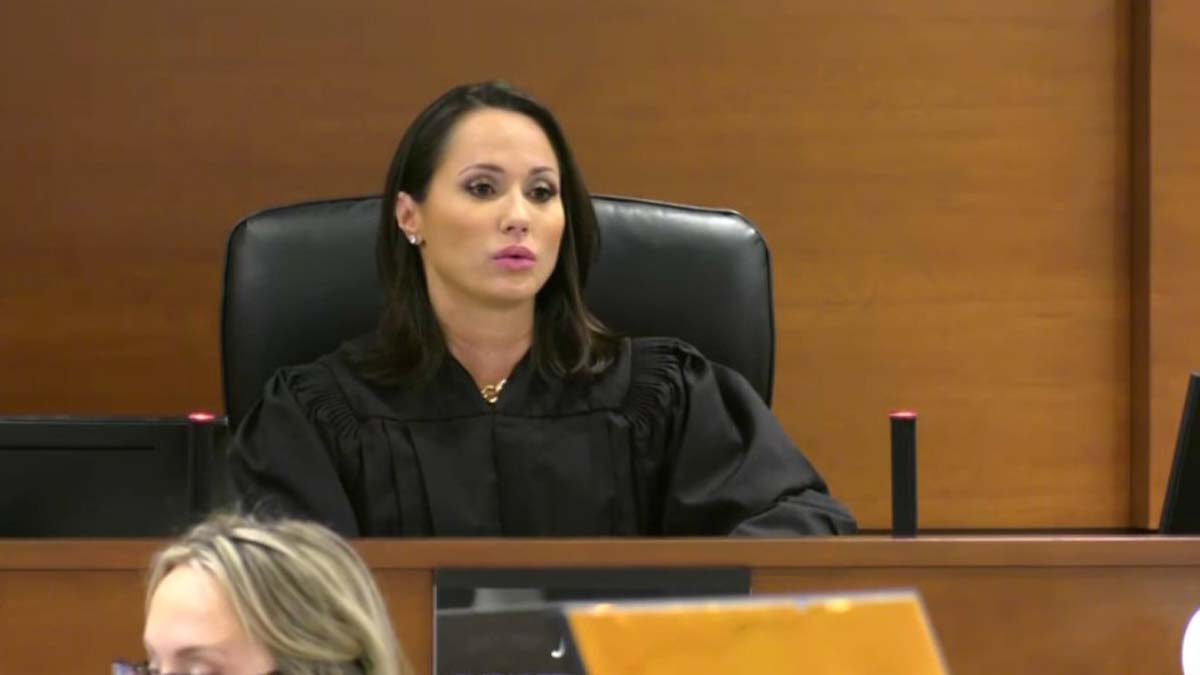A South Florida jury is currently tasked with deciding the fate of the 23-year-old gunman who opened fire in Marjory Stoneman Douglas High School in 2018, killing 17 people and injuring 17 others.
The sentencing trial for the confessed Parkland shooter, now 23-year-old Nikolas Cruz, has become one of the most notable death penalty trials in the state's history.
As the gunman prepares to be faced with either a death sentence or life in prison without parole, here's a look back at the history of the death penalty in the state of Florida:
History of the death penalty in Florida
Get South Florida local news, weather forecasts and entertainment stories to your inbox. Sign up for NBC South Florida newsletters.
Aside from the federal government, Florida is one of 27 states with the death penalty as an option for adults who commit first-degree murder, according to the Death Penalty Information Center.
The state’s history of capital punishment dates back nearly two centuries. According to the DPIC, Florida's first known execution was carried out in 1827 when Benjamin Donica was hanged for murder.
At the time of Donica's death, executions were being carried out by the county, rather than the state. Nearly a century later in 1923, Florida placed executions under state control, according to the DPIC.
That same year, the state also changed its execution method from hanging to electrocution, or “the electric chair.”
Florida's most notorious death row inmate to die on the electric chair was Ted Bundy. The serial killer died in 1989 — 10 years after he was sentenced to death for murdering two sorority girls at Florida State University.
Throughout the 1990s, the state of Florida botched the electric chair executions of several inmates like Jesse Tafero, Pedro Medina, and Allen Lee Davis. The state subsequently changed the standard method to lethal injection, although inmates are still able to opt for the electric chair.
Known by the media as the “first female serial killer,” Aileen Wuornos was executed by lethal injection in 2002 for the murder of an electronics store owner in Clearwater named Richard Mallory. Though Wuornos suffered from severe mental illness, the state of Florida found her competent for execution, according to the DPIC.

In 2016, Florida abolished judicial override — the process by which trial judges were permitted to impose death sentences — despite an advisory jury’s recommendation for life, the DPIC says.
The decision came after a U.S. Supreme Court ruling in the 2016 case of Timothy Lee Hurst, who was convicted of using a box cutter to kill a coworker at a Pensacola fast-food restaurant in 1998. A judge imposed the death penalty after a 7-5 jury recommendation.
SCOTUS ruled the sentence was unconstitutional because the judge had too much weight in the decision. Executions were halted for months while the state sorted out the issue.
In 2017, the law was changed to require a unanimous decision by the jury in order for the trial judge to impose a death sentence.
As a result of this statute, the Florida jury tasked with deciding the fate of the confessed Parkland shooter must be unanimous in its decision for the killer to be sentenced to death.
Death row in Florida, by the numbers
As of Sep. 13, 2022, there are currently 307 inmates on death row in the state of Florida, according to the Florida Department of Corrections.
Of the 307 inmates currently on the roster, only three are women. These women are housed at Lowell Annex in Lowell, FL. The men on death row are housed at Florida State Prison and Union Correctional Institution, both in Raiford, FL.
The youngest person currently on Florida's death row roster is 29-year-old Christian Cruz, who was sentenced to death on Dec. 18, 2019, for first-degree murder in Volusia County.
If the 23-year-old confessed Parkland killer is sentenced to death, he will become the youngest inmate on Florida's death row.
Inmates on death row live in a cell that measures 6 x 9 x 9.5 feet high, according to the FDC. They are served three meals a day (breakfast at 5 a.m., lunch at 10:30 a.m. and dinner at 4 p.m.) and are allowed to shower every other day.
The death row inmates are counted hourly and must wear handcuffs everywhere — except in their cells, the exercise yard and the shower. They are to remain in their cells at all times except for medical reasons, exercise, social or legal visits or media interviews, according to the FDC.
According to the FDC, the average age of a Florida death row inmate at the time of execution is 44.9 years old, while the average age at the time of the offense is 27.4. This means that the average time from offense to execution is approximately 17.5 years.
How many death row inmates have been exonerated in Florida?
However, not every inmate sentenced to death is executed. In the last half-century, Florida has had 30 exonerations from death row — more than any other state.
Among these wrongly convicted inmates, is a man named Herman Lindsey.
Lindsey was sentenced to death for the 1994 murder of a Broward pawnshop employee before the Florida Supreme Court unanimously ruled in 2009 that he never should have been convicted in the first place.
Now 48 and married, Lindsey is an activist against the death penalty, who does not believe the confessed Parkland shooter should be put to death.
I sympathize to all the family, but to that I would just say, the family don't understand. That's not going to bring them closure, to see that young man executed.
Herman Lindsey
Ultimately, the community wants just that: closure.
"It’s been four and a half years of waiting," said Tom Hoyer, whose 15-year-old son Luke was among the 14 students killed in the shooting. "It’s time to move this to a conclusion, whatever that may be."
And for many of the victims' family members, closure comes in the form of a death penalty outcome.
The person who murdered my daughter is behind bars. In fact, I want him to get the death penalty.
Fred Guttenberg, father of Parkland victim Jaime Guttenberg, on Twitter
As the Parkland shooter's sentencing approaches its end, follow the latest updates here.



